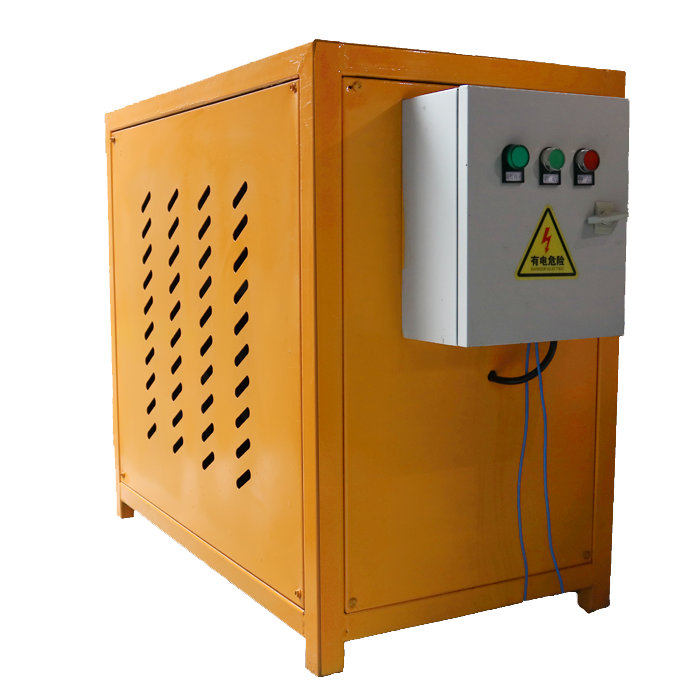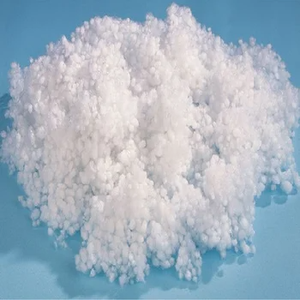
Foam Generator for CLC Concrete Foam Generator

TPO Waterproofing Membrane For Concrete Roofs inner polyester fiber-reinforced

Continuous Basalt Fiber roving for concrete reinforcement

Snf Naphthalene Sulfonate Based Superplasticizer Powder

Manufacture Calcium Lignosulfonate / Brown Powder Sodium Lignosulphonate Concrete Additive Admixture/Water Reducer/Dispersant

Water Reducer Pce Polycarboxylate Superplasticizer Liquid Pce Concrete Water Reducing Admixture
Concrete is a widely used construction material that suffers from cracks and low tensile strength, which affect its durability. A bioinspired self-healing approach utilizing microbial proteins is promising for improving the properties of concrete.
In this study, we examined the effect of a protein derived from milk waste (casein) on the cementitious system. Casein was added in varying amounts (0.5%, 1% and 2% by weight of the cement volume) to concrete and mortar samples that were cured for several days in water and in air. Compressive and flexural strengths were measured, and the morphology of the samples was studied by scanning electron microscopy. The chemical structure and curing process of the samples were also determined by Fourier transform infrared spectroscopy and thermogravimetric analysis.
The casein-amended samples showed improved tensile strengths and lower pore size distributions than the control sample. The tensile strengths increased with the amount of casein added, suggesting that the protein enhanced interfacial adhesion and densified the microstructure. The protein was also shown to bind loosely packed ground hardened cement paste and calcium carbonate, increasing the ettringite formation and binding phases of carbonated CaCO3.
To evaluate the effect of bacterial cells incorporated with the protein in the healing and strengthening of concrete, a bacterium (Pseudomonas fluorescens) was cultivated, and its active bioremediase protein was extracted. The protein was then incorporated into pozzolana cement based mortar specimens and their compressive and flexural strengths were measured. Bacterial cell concentrations were monitored and found to decrease with the time of exposure in the concrete.
Ask a quote for the latest price and one of our team members will respond as soon as possible. Fields marked with * are required.




